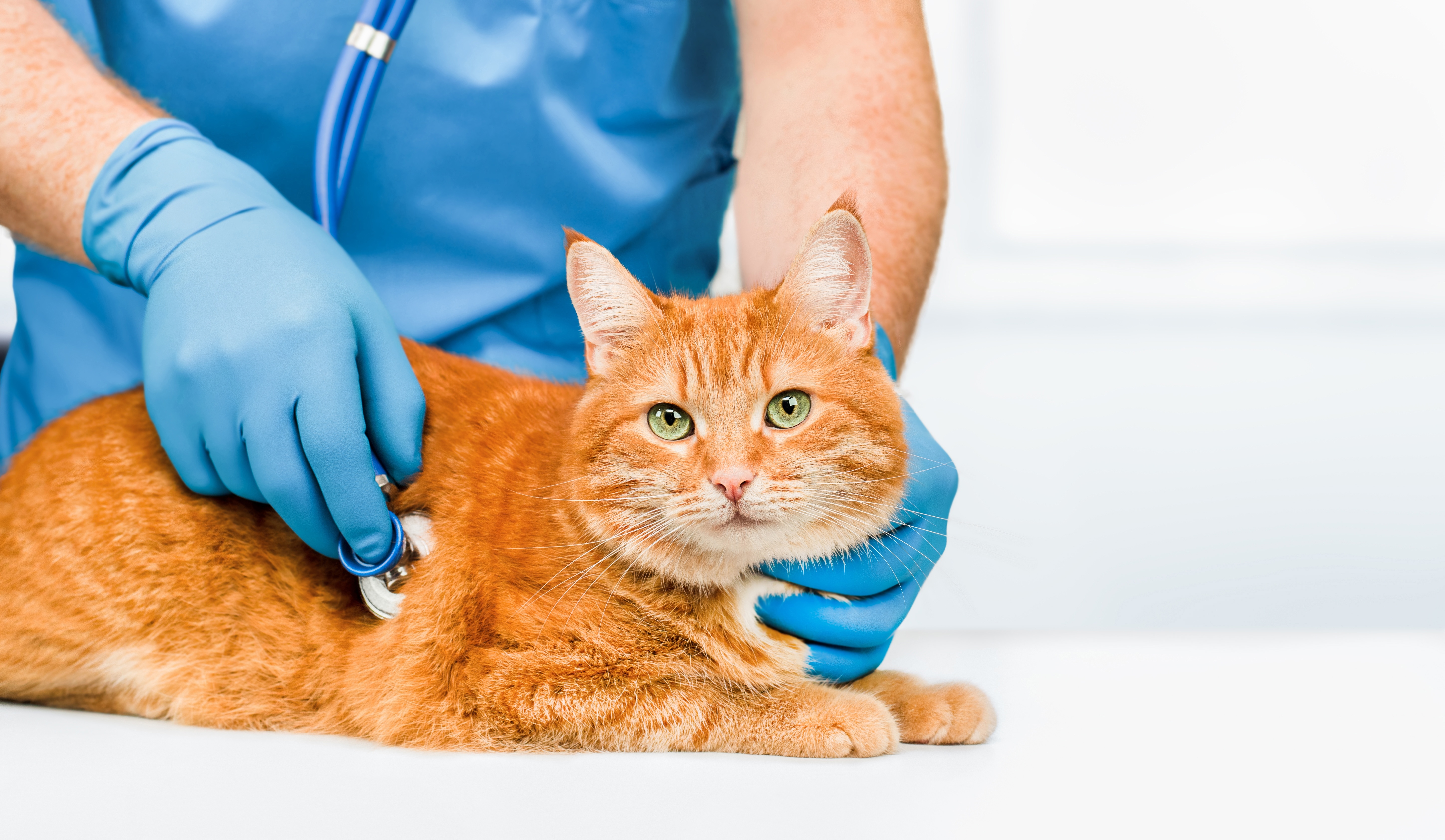
Allergies in cats
Just like humans, cats can also be allergic. An allergy is a condition in which the animal's immune system overreacts to harmless everyday substances. Your pet may be exposed to these substances, also called allergens, through inhalation or ingestion, but most often it occurs through direct contact between the skin and an allergen.
This exaggerated reaction (or sensitivity) is caused by a hereditary dysfunction of the pet's immune system, but it can also develop over time through repeated exposure to a specific allergen. Substances that cause allergies (allergens) include pollen, dust mites, mould, dander, insects and food.
How do I know if my cat could be allergic?
Allergy is very common, in fact, 1 of 5 pets is allergic to something.
Unfortunately, many of them are not diagnosed or treated, because the symptoms can be mistaken for behavioural issues.
The most common symptoms are itching and scratching. Licking and biting paws, over-grooming, and rubbing the face against the floor or furniture are also very common. It is important to know how to identify whether your pet is allergic.
What steps can I take to verify the allergy?
Not all itchy skin and scratching is due to an allergy. Other diseases can cause similar signs. This is why your vet will try to exclude all other possible causes first, such as fleas, scabies and infections.
If the allergy symptoms remain after excluding or treating other causes like these, the next step is to exclude food allergy. If food is not the problem, then environmental allergens can be tested for, by a quick and simple blood test, the PAX – Pet Allergy Xplorer – blood Test.
This is important, because without knowing which allergens are causing the problem, it is impossible to avoid them or to treat your cat.
Common types of allergy in cats
Cats are less likely to show signs of allergy, so detecting whether an allergy is present is quite challenging. The most common types of allergy in cats are atopy (also known as atopic dermatitis, and environmental allergy) and flea allergy. Atopy affects around 12.5% of all cats.
If your cat is already suffering from asthma, atopy often worsens the symptoms. Feline atopy is especially under-diagnosed, because a common symptom in many cats is over-grooming, which is mistaken for normal behaviour or anxiety.
Treatment
The best way to treat an allergy is to avoid any contact between the pet and the allergens that are causing the problem. However, this is practically impossible, especially when it comes to environmental allergens.
The only treatment that can strengthen your pet’s immune system, so it no longer reacts to the allergens, is immunotherapy (also called allergen-specific immunotherapy).
Immunotherapy is a tailored treatment, made specifically for your pet, which will stop the symptoms from affecting its health, comfort and quality of life.
Key facts about allergy in cats
Allergy is a very common disease in pets, specially in cats and dogs.
- Be aware of any sign that suggests your pet has an allergy.
- Most signs can be considered to be normal behaviour, so it is important to do an allergy check-up with your vet.
- It is important to identify which allergens are causing the allergy so they can be avoided and the pet can be treated appropriately.
The first choice for treating allergy is immunotherapy, a customised, all-natural treatment which is safe and effective suitable for long term use.
